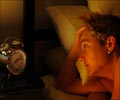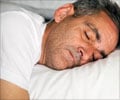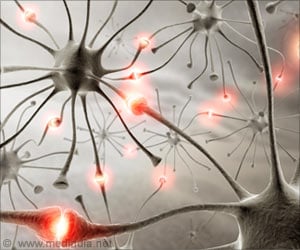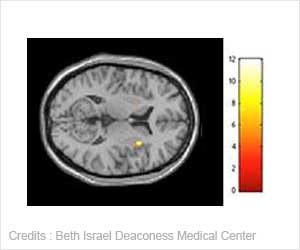The neurons that are involved in the REM sleep behavioral disorders like narcolepsy, cataplexy, or REM sleep behavior disorder are identified in the brain region.

‘The neurons that are involved in the REM sleep behvioral disorders like narcolepsy, cataplexy, or REM sleep behavior disorder are identified in the ventral medial medulla region of brain. They could serve as a good target for drug therapies for people with these disorders.’





Sleep Disorders and the Neurons Narcolepsy is characterized by suddenly falling asleep at any time during the day. Cataplexy is a related illness in which people suddenly lose muscle tone and collapse. Although they are awake, their muscles act as if they are in REM sleep.
During REM sleep, our eyes move back and forth, but our bodies remain still and we dream. This near-paralysis of muscles while dreaming is called REM-atonia, and is lacking in people with REM sleep behavior disorder.
People with REM sleep behavior disorder have their muscles move around, often going as far as to stand up and jump, yell, or punch. The team explored the neurons in the brain that normally prevent this type of behavior during REM sleep.
"The anatomy of the neurons we found matched what we know. They were connected to neurons that control voluntary movements, but not those that control muscles in the eyes or internal organs. Importantly, they were inhibitory, meaning that they can prevent muscle movement when active", says Professor Takeshi Sakurai, who led the study at the University of Tsukuba.
Advertisement
Hence the study shows the role of the circuitry in controlling muscle atonia in both REM sleep and cataplexy.
Advertisement
Source-Medindia













